Mode of Nutrition In Plants
Chapter 1: Nutrition in Plants
Mode of Nutrition In Plants
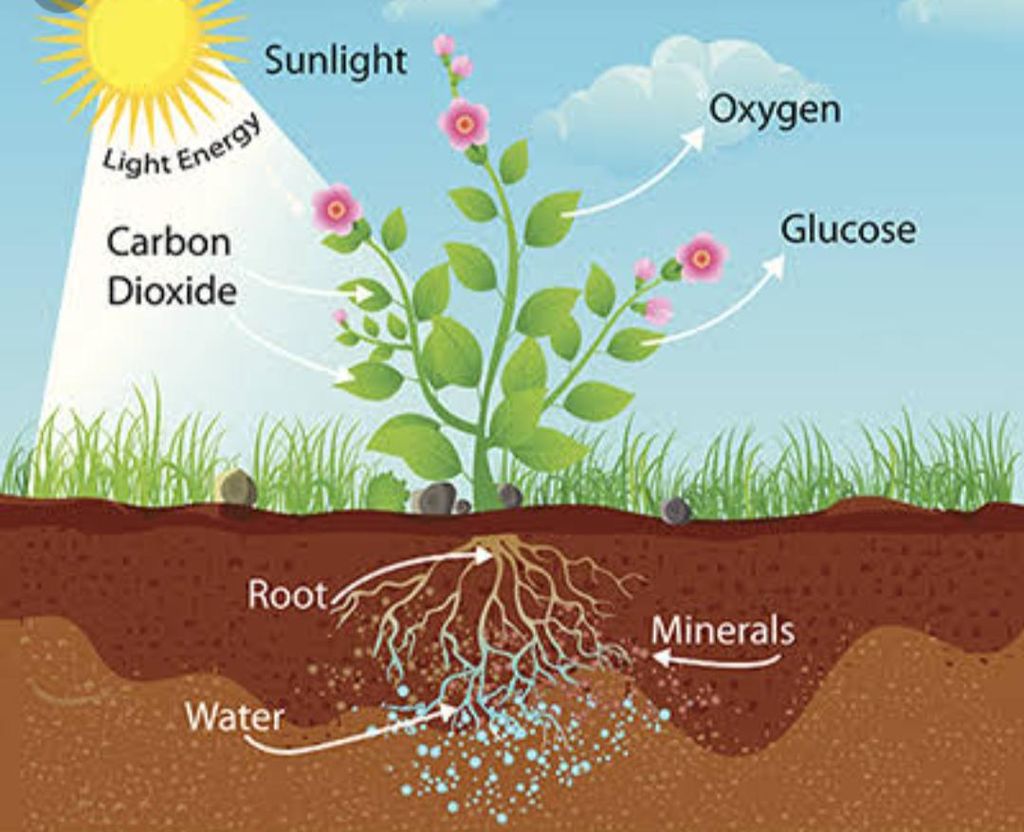
All the living organism plants and animals require food. The organism need to take food obtain energy and to obtain minerals for growth and to obtain mineral for the repair of damage part of the body .The process of taking food by an organism as well as the utilisation of this food by the organism is called nutrition. Plants can make their own food but animals cannot make the food themselves. They obtain food from plants or other animals that eat plants thus, the human beings and animals depend on plants for their food ,directly or indirectly .
Modes of Nutrition in plants
The method of obtaining food are called modes of Nutrition .On the basis of their modes of Nutrition all the organism can be divided into two main groups.( Autotrophs and Heterotrophs)
Autotrophs – Those organism which can make food themselves from simple substance like carbon dioxide and water by the process of photosynthesis are called autotrophs.
Heterotrophs- Those organism which cannot make food themselves by the process of photosynthesis and take food from green plants or animals are called heterotrophs.
Photosynthesis — Food Making Process in Plants
Photosynthesis – food making process in plants
The plants use the energy in sunlight to prepare food in the presence of a green colour matter called “chlorophyll” present in the leaves of a green plant. The process by which green plants make their own food (like glucose) from carbon dioxide and water by using sunlight energy (in the presence of chlorophyll) is called photosynthesis.
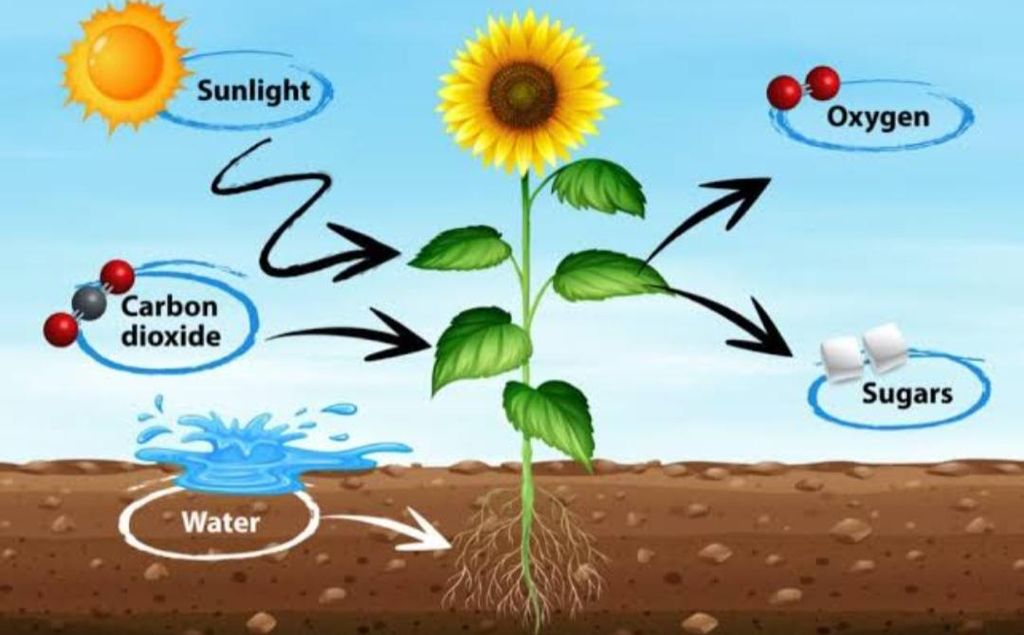
Carbon dioxide + Water → Glucose + Oxygen The process of photosynthesis takes place in the leaves of a plant. Oxygen gas is produced during photosynthesis which is utilised by all the living organisms for their survival. The process of photosynthesis first produces a simple carbohydrate called ‘glucose’ as food. The glucose carbohydrate then gets converted into a complex carbohydrate called Starch. Starch gets stored as food in the various parts of plant including leaves. Some of the glucose is also converted into other types of plant foods such as fats and oils, proteins as well as vitamins. The synthesis of food (or making of food) occurs in the leaves of a plant, so leaves are the food factories of a plant. The leaves of a plant can synthesise food because they contain a green pigments chlorophyll (which is necessary for making food). Other parts of a plant usually cannot synthesise food because they do not contain chlorophyll.
Other Modes of Nutrition in Plants
Other modes of Nutrition in plants
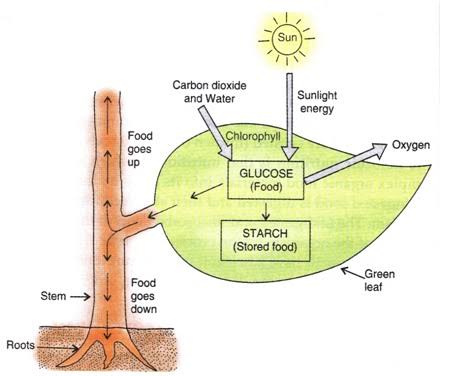
Autotrophic – Plants exhibit autotrophic nutrition and are called primary producers. Plants synthesis their food by using light, carbon dioxide and water.
Heterotrophic – Both animals and human beings are called heterotrophs, as they depend on plants for their food.
Saprotrophs
Saprotrophs
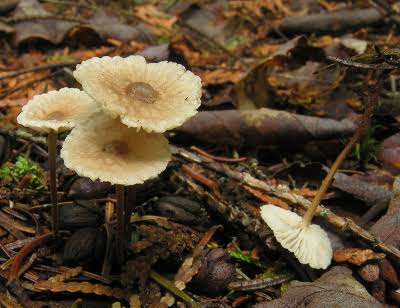
Saprotroph, also called saprophyte or saprobe, organism that feeds on non-living organic matter known as detritus at a microscopic level .Saprotrophic organisms are considered critical to decomposition and nutrient cycling and include fungi, certain bacteria, and fungus like organisms known as water (phylum ).Saprotrophs feed by a process known as absorptive nutrition, in which the nutritional substrate (e.g., dead organism or other non-living organic matter) is directly digested by a variety of enzymes that are excreted by the saprotroph. The enzymes convert the detritus into simpler molecules, which are then absorbed by the cells to feed the organism.
How Nutrients are Replenished in The Soil.
How nutrients are replenished in plants
Nutrients can be replenished in the following ways: Fertilisers and manures contain plant nutrients such as nitrogen, phosphorous and potassium, etc. So, when fertilisers and manures are added to the soil in the fields, then the soil gets enriched with nutrients like nitrogen, phosphorous and potassium, etc.
Nutrition in animals
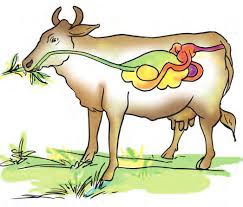
Nutrition in animals depends upon the feeding habits of the animals. The process of taking in food is called ingestion. The method of ingestion is different in different animals. For example-Bees and hummingbirds suck nectar from plants, python swallows its prey and cattle feed on grass.
Different feeding habits of animals are the result of evolution. Among the terrestrial animals, the earliest forms were large amphibians that ate fish. While amphibians like frogs fed on small fish and insects, the reptiles began feeding on other animals and plants.
The specialization of organisms towards specific food sources and of course specific ways of eating is one of the major causes of the evolution form and function. For example, the differences in the parts of mouth and shape of the teeth in whales, mosquitos, tigers and sharks or distinct forms of beaks in birds, such as in hawks, woodpeckers, pelicans, hummingbirds, and parrots are the results of adaptation to different types of eating by these animals.

 SOLUTIONistic HALT
SOLUTIONistic HALT
 Grow Career Publication
Grow Career Publication
